Humans news stories
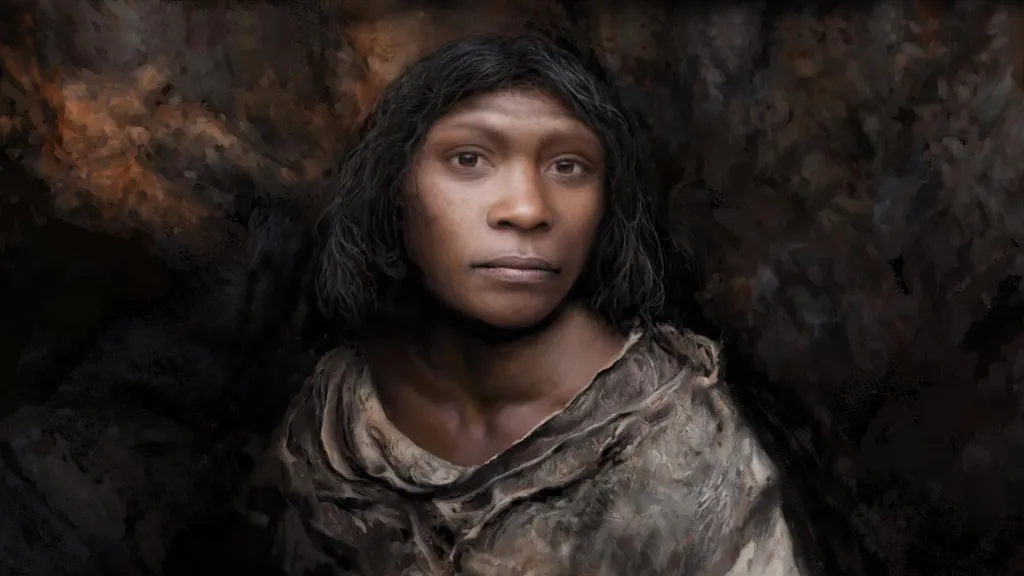
About 800,000 years ago in what is now Spain, cannibals devoured an early human child who became known as “The Boy of Gran Dolina.” But new analysis of these ancient remains has revealed a surprising twist: the child was a girl.

New find pries open an enduring question: why two ancient superpowers abruptly turned from diplomacy to brutality.
Image from: Tikal Central Acropolis (Wiki Commons)

In little more than a decade our understanding of the recent period of human evolution has been revolutionised. New excavations and the application of exciting scientific methods are yielding extraordinary insights to our ancient past and overturning previously-held truths.
Image from: Cro-Magnons Conquered Europe, but Left Neanderthals Alone (Wiki Commons)

Estatuas cave in northern Spain was a hive of activity 105,000 years ago. Artifacts show its Neanderthal inhabitants hafted stone tools, butchered red deer, and may have made fires.

Psychedelic drug psilocybin, found in magic mushrooms, is as good at reducing symptoms of depression as conventional treatment, a small, early-stage study has suggested.But when it comes to actively improving people’s well-being and ability to feel pleasure, the psychedelic drug may have had a more powerful effect.

New Zealand is to become the world’s first country to bring in a law forcing its financial firms to report on the effects of climate change.
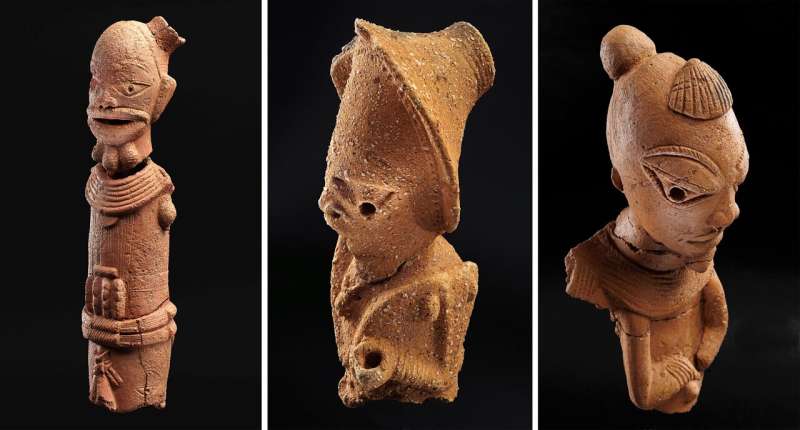
A team of scientists, led by the University of Bristol, with colleagues from Goethe University, Frankfurt, has found the first evidence for ancient honey hunting, locked inside pottery fragments from prehistoric West Africa, dating back some 3,500 years ago
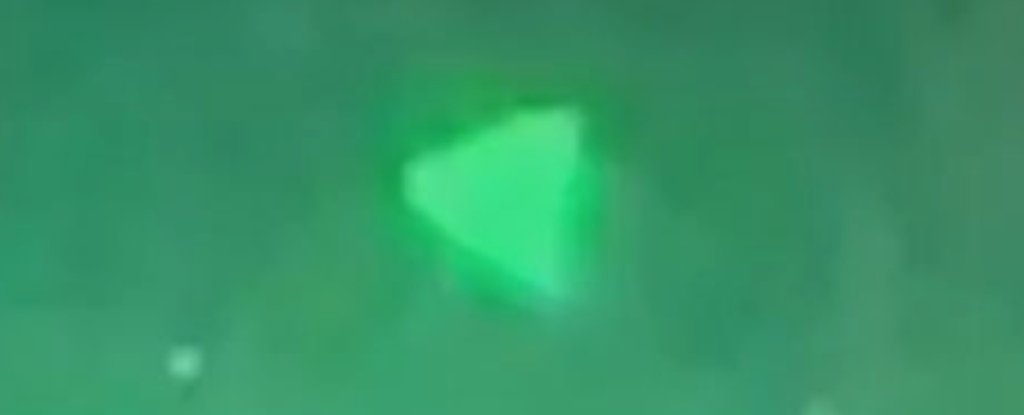
A series of newly surfaced images and videos of unidentified flying objects filmed by the US Navy have now been confirmed as authentic by the Pentagon.

A new study verifies the age and origin of one of the oldest specimens of Homo erectus–a very successful early human who roamed the world for nearly 2 million years.

Historians hoping to preserve the ancient Octagon Earthworks in Newark, Ohio, as a UNESCO World Heritage site face a problem: the golf club that leases the property.
Image from: Eric Ewing (Wiki Commons)

In recent years, cosmologists have been faced with a crisis: The universe is expanding, but no one can agree on how fast it’s moving away from us.
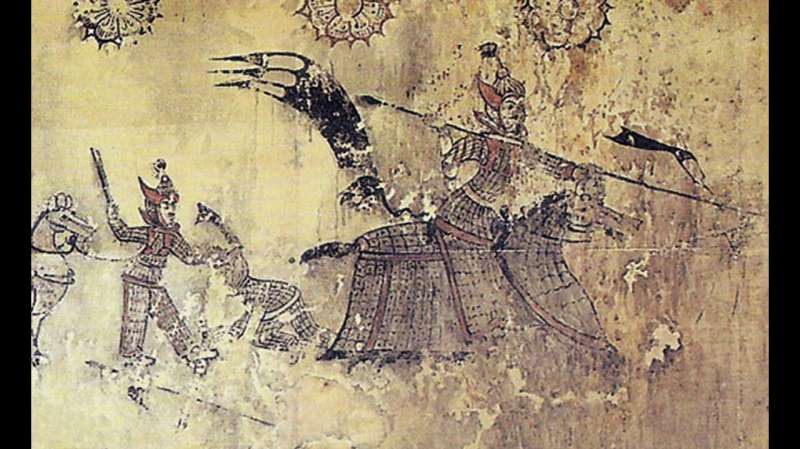
Data extracted from the oldest surviving document recording Korean history shows a strong correlation between extreme weather events and war.
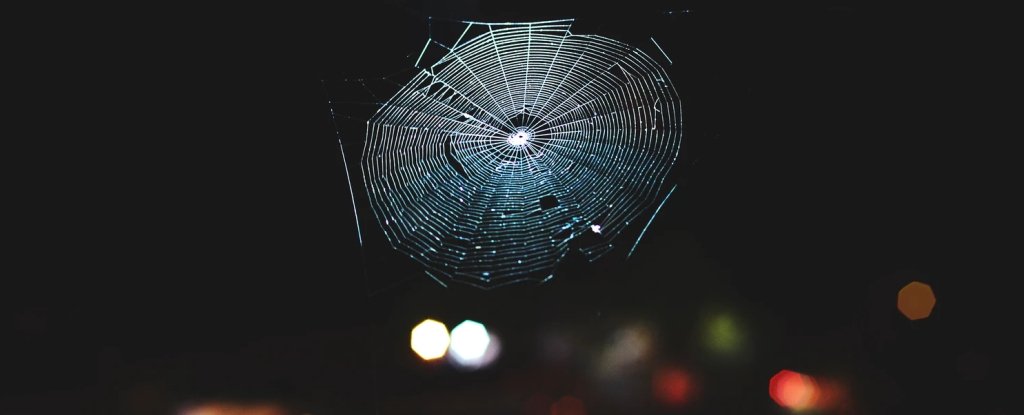
Spiders rely quite significantly on touch to sense the world around them. Their bodies and legs are covered in tiny hairs and slits that can distinguish between different kinds of vibrations.
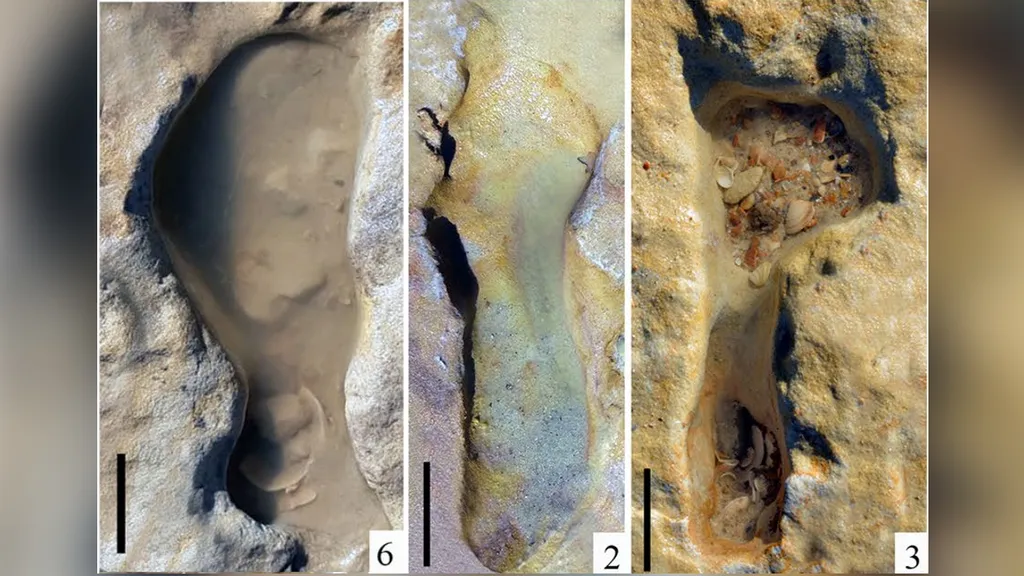
Some 100,000 years ago, an extended family of 36 Neanderthals walked along a beach, with the kids jumping and frolicking in the sand, scientists report after analyzing the beachgoers’ fossilized footprints in what is now southern Spain.
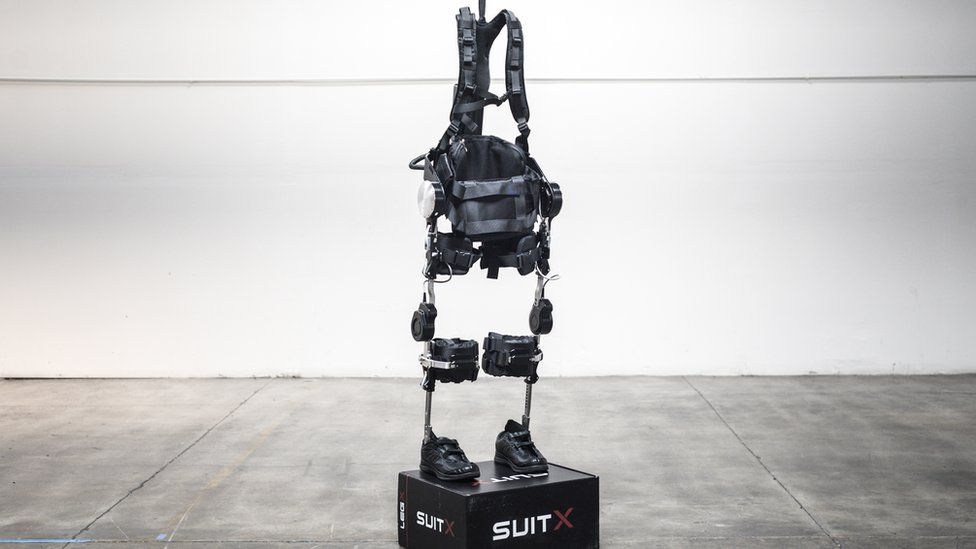
Imagine wearing high-tech body armour that makes you super strong and tireless.

There is no shortage of psychological and pharmacological therapies to combat the world’s most widespread mental health issue, major depressive disorder (MDD). However, a significant portion of the affected population fail to respond to many of these traditional therapies








